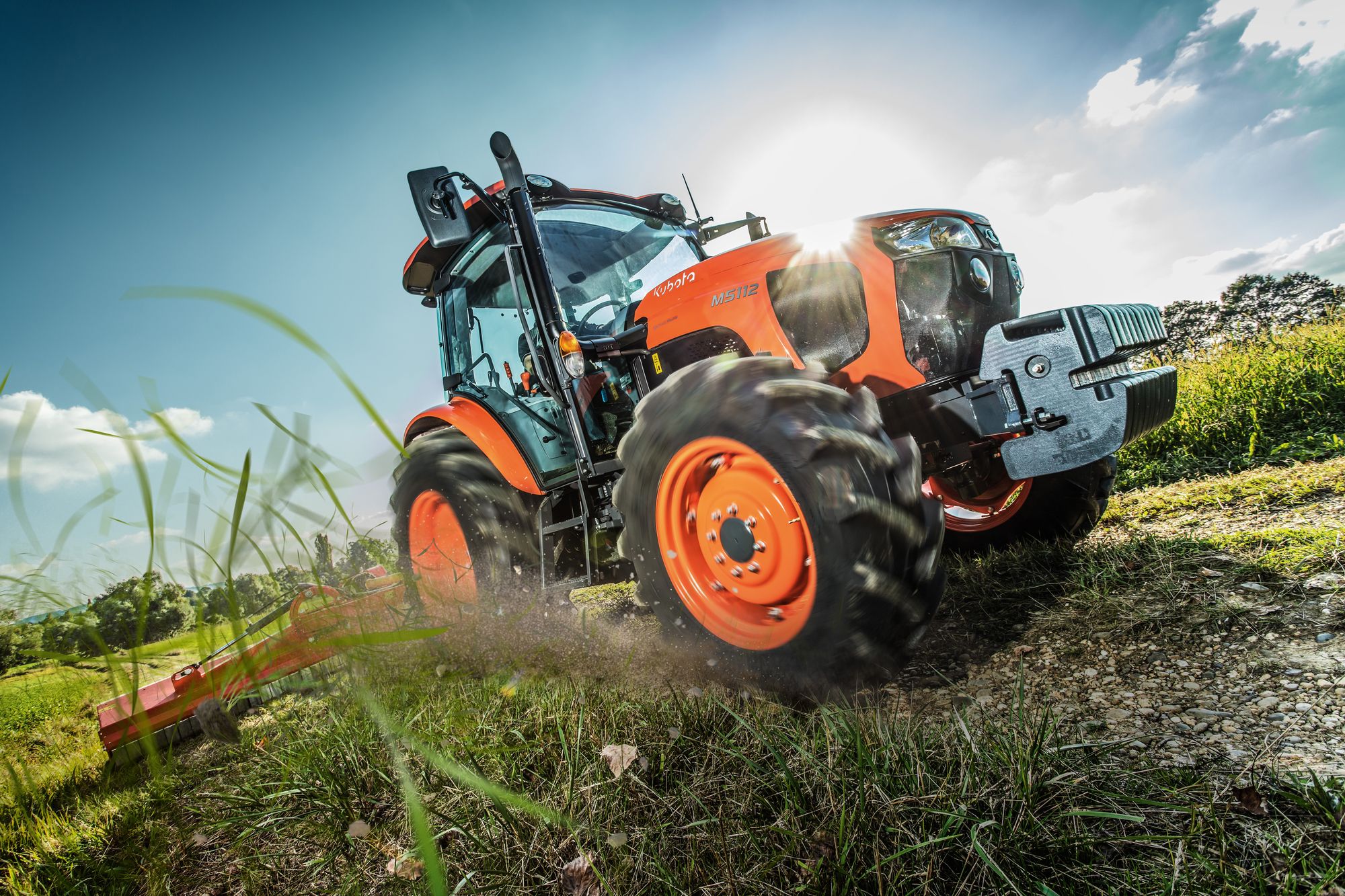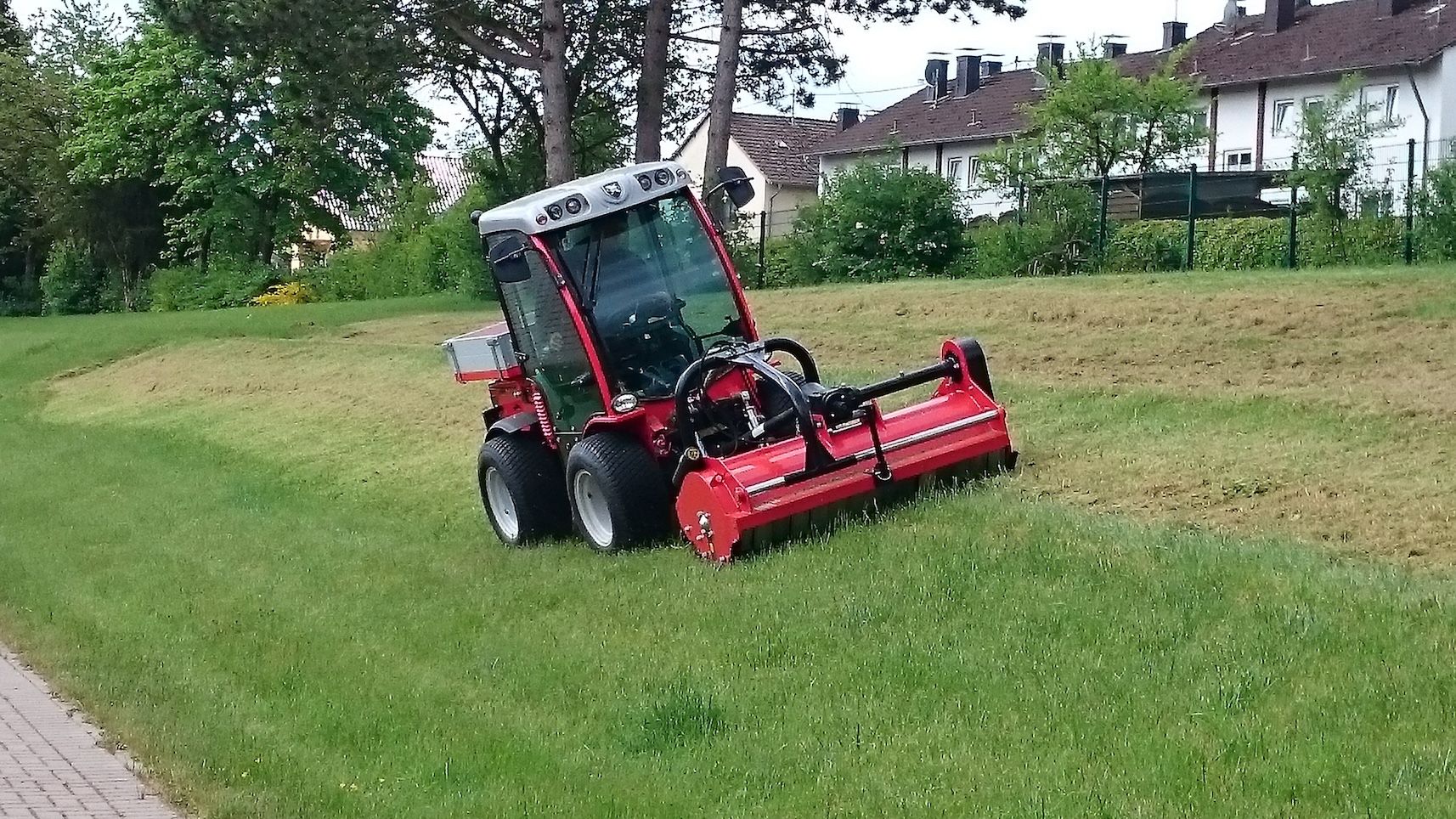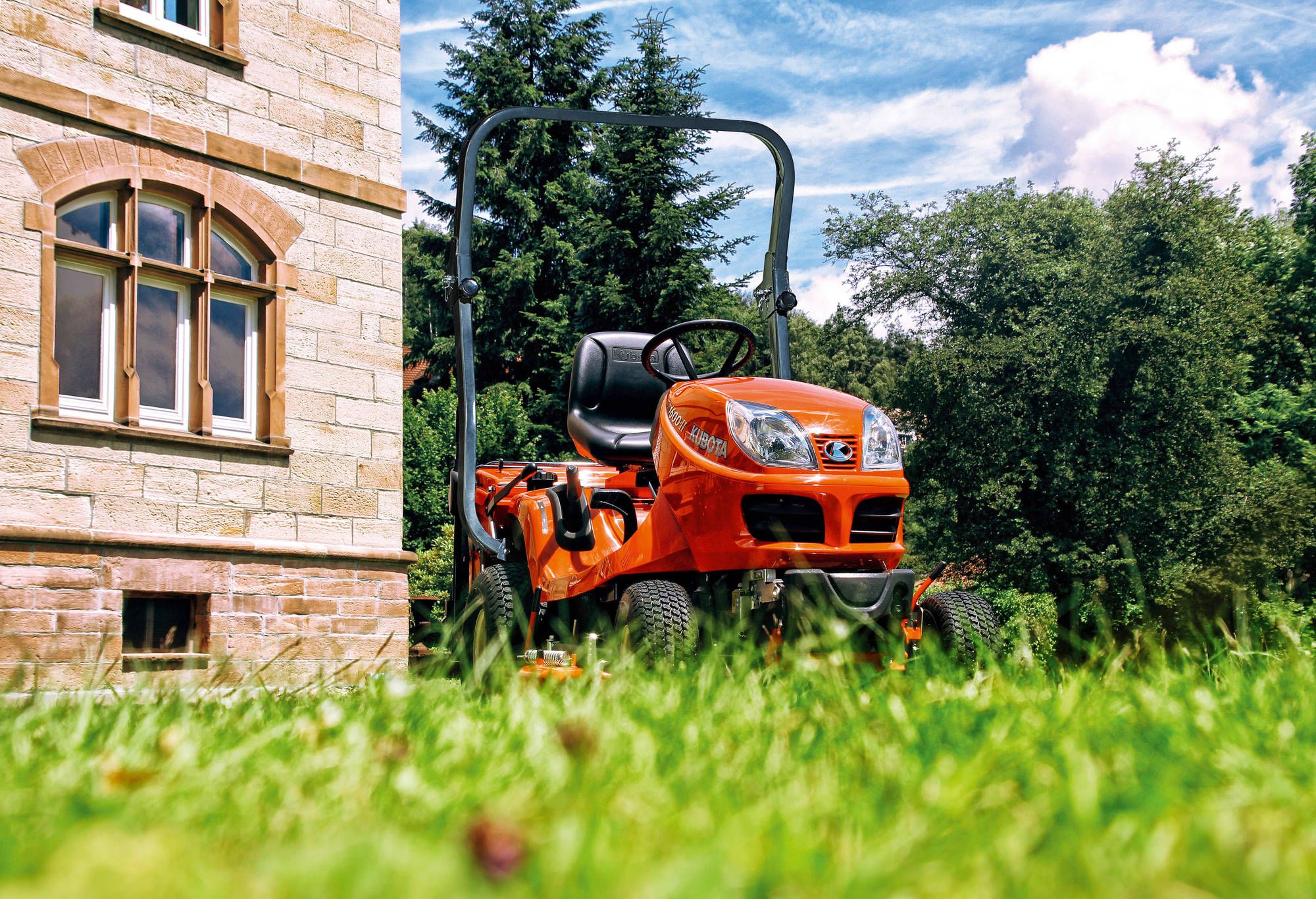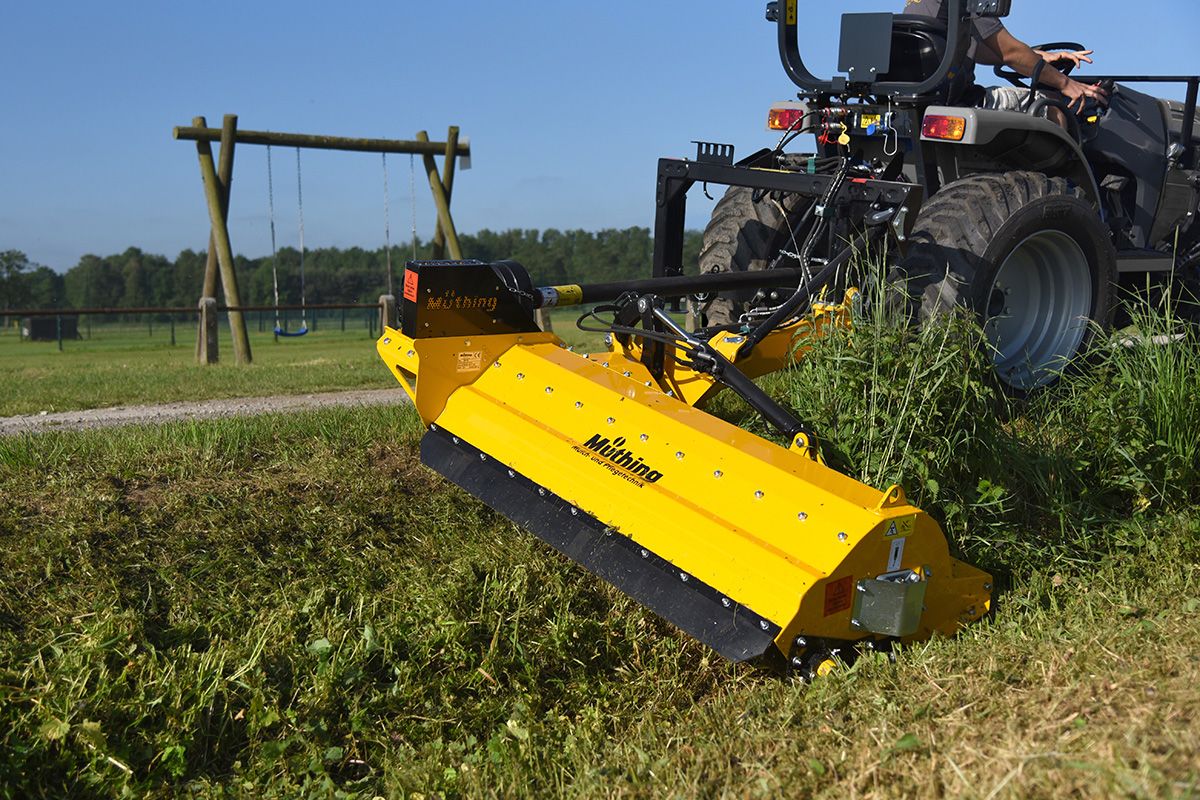
Mulching vs. mowing - which is better?
Advantages and differences of mulching or mowing in agriculture, municipal landscape maintenance and for private individuals.
When it comes to maintaining green spaces, there are often two different options: Mowing or mulching. While the cut grass is removed when mowing, it is shredded much further when mulching and remains on the surface. The mulch layer that remains on the surface has several advantages for the soil: it minimizes water loss through evaporation, returns important nutrients to the soil and can suppress weeds. But in which areas should you opt for mulching or mowing? We have taken a closer look.
A comparison of mulching and mowing - industry-specific advantages
Depending on the area of application, mulching and traditional mowing have very different effects. This depends above all on the different priorities and needs of the respective sector: while private households may focus more on the visual appearance, the nutrient balance may play a greater role in agriculture. In the following, we therefore take a closer look at the two methods in agriculture, municipal technology and the private garden sector.
Mowing and mulching for the garden
When it comes to grounds and garden maintenance, most people ask themselves whether they should opt for mulching or mowing. Both options are suitable for maintaining a well-kept and healthy lawn. However, both options also have their advantages and disadvantages: Although mulching eliminates the removal of lawn clippings as a work step, it has to be done more regularly. Lawn mowing removes more nutrients from the soil, but at the same time mowing is less prone to blockages.
Mulching & mowing in private gardens
Advantages of mowing in private gardens:
Perfect finish: For fans of accurate ornamental lawns, mowing with a grass catcher is usually the first choice.
Better control with strong growth: Mowing ensures a reliable result, especially in spring or with irregular maintenance.
Less moss formation: Removing the clippings allows more light and air to reach the turf - moss has a harder time.
Advantages of mulching in private gardens:
Less effort: no clippings to dispose of, no trips to the composting plant.
Sustainable garden: Mulching promotes soil life, saves fertilizer and improves water retention.
Healthy lawn: Regular cutting makes the lawn denser, more robust and less likely to become diseased.
Mowing and mulching in agriculture
In agriculture, whether mulching or mowing is used depends largely on the use of the land: Grassland that is used for forage production is always mowed, as this is the only way to process the cut in the long forage chain. As a rule, grassland is only mulched if the grass stand cannot be used for various reasons. However, mulching can also be used in other areas of agriculture in addition to grassland maintenance: Mulchers are regularly used for stubble breaking in particular, but also for green manuring with catch crops or in viticulture or fruit growing. In addition to shredding the vegetation, they also have other advantages, such as the return of nutrients, the suppression of weeds and volunteer rape or the control of pests such as the European corn borer.
Mowing in agriculture:
Areas of application: Grassland
Advantages of mowing in agriculture:
Clean crop preparation: a cleanly mown crop is often essential before use as fodder or silage.
Targeted crop management: The timing and cutting height of mowing influence plant composition and yield.
Improved drying of the clippings: With classic mowing with swathing, the material can be dried and utilized in a targeted manner.
Mulching in agriculture:
Areas of application: Fallow land, grassland, stubble plowing, intercropping, viticulture and fruit growing
Advantages of mulching in agriculture:
Nutrient cycle is maintained: Especially in stubble ploughing and mulching improves humus formation and supports soil regeneration, so that less fertilizer needs to be applied later.
Weed suppression: A layer of mulch suppresses the germination of weeds and improves soil cover, resulting in less erosion, especially on slopes.
Moisture retention: Mulching minimizes evaporation from the soil and thus ensures more effective water retention.
Pest control: Mulching corn stubble destroys the winter habitat of corn borer larvae, preventing them from overwintering.
Minimization of volunteer rape: Superficial placement prevents secondary dormancy and the rubber bulkheads containing immature seeds are opened.
Gentle care of fallow land: Particularly in extensively used areas, mulching prevents lignification and ensures that the area is maintained.
Mowing and mulching in municipal technology
The maintenance of green spaces, sports facilities, parks and verges is an important part of the work of local authorities and building yards. Depending on the area of application, both classic mowing and mulching are used. Mowing is particularly popular in sports facilities, as a clean cut and good appearance are particularly important here. However, mulchers are also increasingly being used to maintain fallow land, green spaces and verges.
Mowing in municipal technology:
Area of application: Sports facilities, parks, ornamental areas, playgrounds, traffic areas, highly frequented areas
Advantages of mowing in municipal technology:
Level lawn surface: Mowing creates a particularly even and uniform lawn surface, which provides an optimal basis for various sports
Tidy appearance: Mowed lawns often look neater and thus ensure a clean appearance in highly frequented areas such as parks or cemeteries.
Reduced risk of slipping: In wet conditions, a layer of mulch on the lawn can quickly become a tripping hazard - mowing is therefore preferable to mulching on playgrounds and sports fields.
Greater visibility: Mowed areas along roads and paths ensure clear visibility for road users.
Mulching in municipal technology:
Area of application: Road embankments, ditches, landscape conservation, compensation areas, biotopes, solar and wind parks, disused areas
Advantages of mulching in municipal technology:
Time and cost savings: no need to empty catch baskets or remove clippings.
Environmentally friendly maintenance: Mulching is useful for extensively used areas such as embankments, retention basins or verges in order to avoid disturbing the nutrient cycle.
More robust: Mulchers can also be used on woody vegetation, for example when maintaining set-aside areas.



